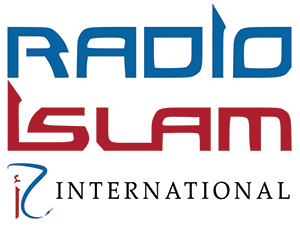Islam amongst Black South Africans
Islam is growing in South African communities, offering a haven from social vices, an ethic of charity for the needy, and social reform.
When Bilal Motsau converted to Islam in 1976, he was considered an oddity in Soweto, a sprawling black township on the outskirts of Johannesburg that was once the centre of anti-apartheid activism. In the South Africa of that period, Islam was practiced primarily by the country’s small South Asian and Malay populations, and blacks considered it an “Indian” religion.
But these days, Mr. Motsau, is being joined in his faith by a growing number of South African blacks. Though still a small force in black townships, Islam is gaining a foothold in many black communities in this predominantly Christian country. The faith is attracting both poor shanty town dwellers who appreciate Islam’s emphasis on charity, and young intellectuals attracted by the faith’s focus on lifestyle and social reform.
Bilal Motsau, has, like many black South African converts, traded his Christian first name for a Muslim one, but retained his African surname as a sign of his heritage
Many of the new converts are young men like Omar Khambule, who was attracted to Islam’s belief in one God and saw it as a way out of gangsterism and drugs.
“Islam teaches you how to behave,” he says, sitting with a friend outside a mosque in Soweto, wearing a traditional topi on his head. “I was corrupt and was heavily involved with dagga [marijuana] and a gang. But then I found Islam and felt that this offered me a different path.”
Mr. Khambule says he has left that life behind. Now he lives with other Muslims and says he tries to pray five times a day, going to mosque as often as possible. For Khambule, who is young and unemployed, Islam offers stability, community, and enough charity to survive.
Few Black women in South Africa find their way to Islam on their own. Most female converts, like Layla Zange, follow husbands, fathers, or brothers. But those who do convert say the religion offers a refuge from the early sex, AIDS, alcoholism, and domestic violence rampant in many poor black communities in places like Soweto.
But it is only recently that Muslim women in Soweto say they have begun feeling comfortable wearing headscarves in the township.
The growth of Islam is difficult to quantify because, with a dearth of Muslim facilities in the townships, much of the effort to spread the faith occurs informally. Recent converts open their homes to neighbours for prayer or offer small, after-school religious programs in their living rooms or backyards. In Soweto, several small Islamic religious schools, each serving hundreds of children and their families, have opened since the end of apartheid.
There are no official statistics on the number of black Muslims in South Africa, and Omaruddin don Mattera, a prominent writer and poet who converted more than a decade ago and is now active in helping to spread the faith claims, “Islam is the fastest growing religion of conversion in the country”.
Some 72 percent of black South Africans are Christian. The rest mostly adhere to traditional African religions, and a small number are Muslim, Jewish, or Hindu. Islam, which first came to Africa in the 7th century, was spread to much of the continent by Arab traders over the course of centuries. But on the continent’s southern tip, the religion failed to take root in black communities that were Christianized by settlers and missionaries. Apartheid and the isolation of the Indian community also slowed the spread of the faith.





0 Comments